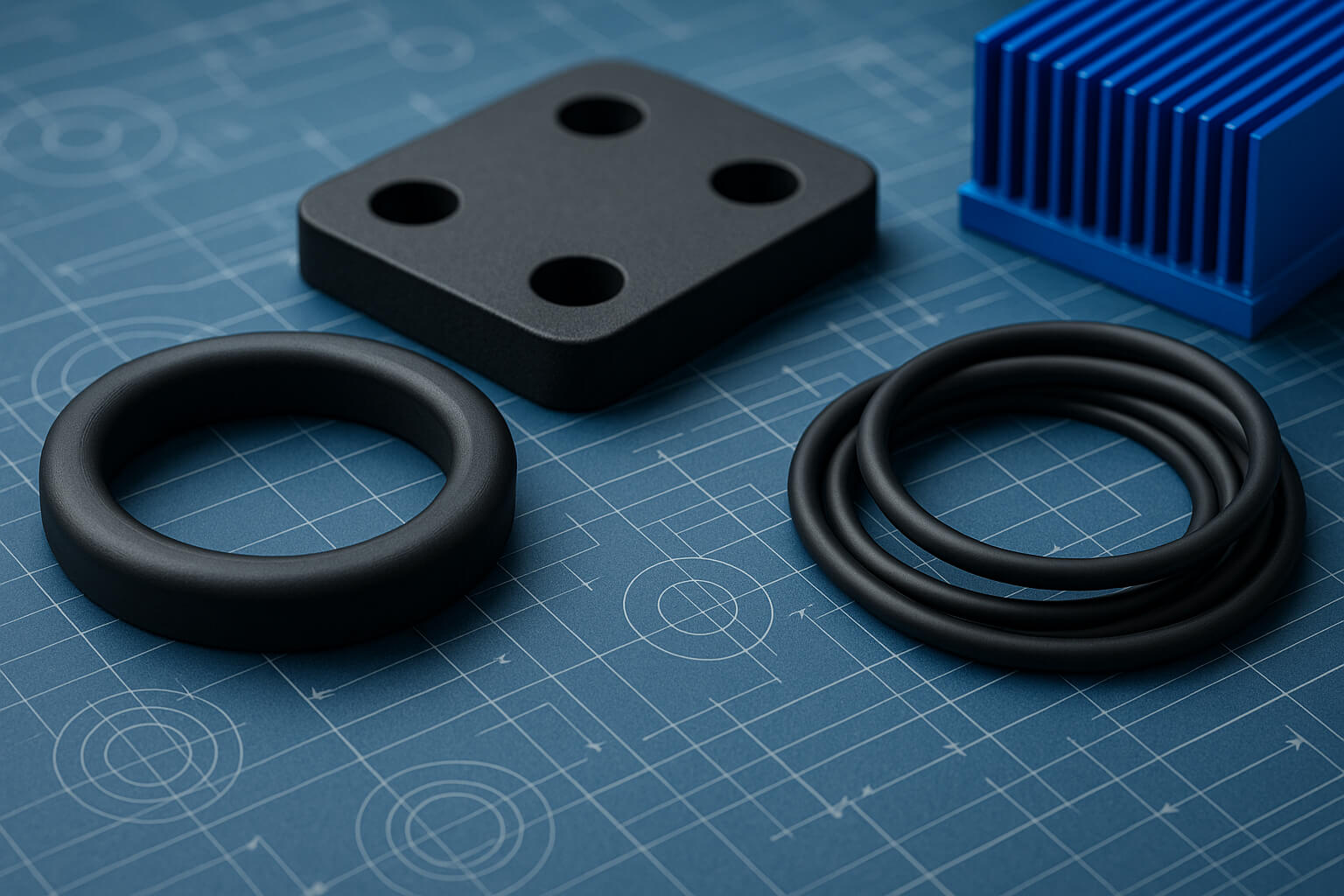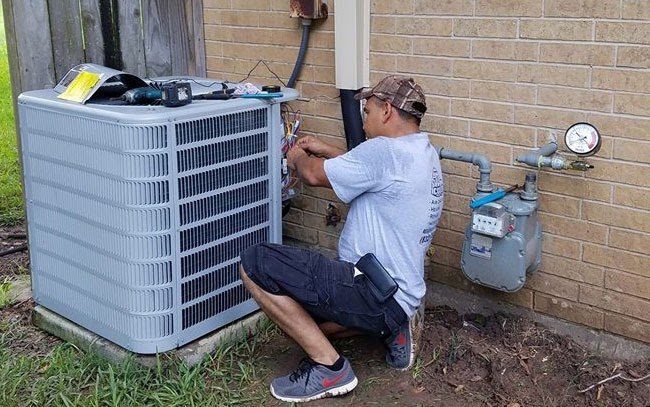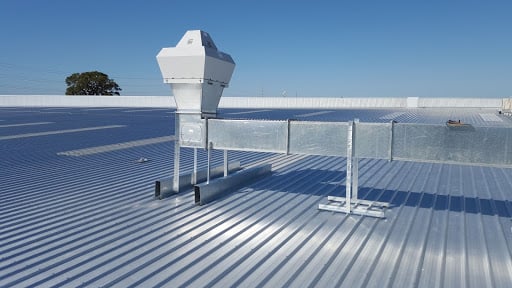
Silicone elastomers are essential materials in modern engineering, providing flexibility, durability and high-performance capabilities across various industries. Their compressibility, combined...

When you think of conditioned air, you probably imagine walking into a cool room on a hot day. With the help of air handlers, we have found ways to control the temperature and keep both our living and working spaces comfortable.
Issues, like air leaks in an HVAC system, have the potential to ruin those environments and give you and your customers a few issues in the process. It’s not always easy to identify or solve this issue, either.
That’s where we come in. With this guide, the HVAC experts at Sur-Seal are going to take a look at the major causes of conditioned air leaks, how they’re identified, as well as tips for sealing and preventing them. Using this information, you’ll be able to create products that are ready to bring (or beat) the heat without any problems.
The air conditioning process involves two main components for household HVAC applications: air ducts and the air handler. The handler unit is responsible for conditioning air before the ducts carry it into the living space.
During this process, the handler has to pull air out of the space it’s supplying conditioned air to, which is how rooms are heated and cooled. Air leaks can occur during both the vacuuming and supplying process (as a result of multiple factors).
There are multiple points in the air conditioning process where the wrong materials can cause leaks and other issues.
For example, you need the right type of foam with an appropriate compression set for air-handler access panels. Using the incorrect foam type will keep the panel from completely closing and allow air to get in, which can affect the product’s performance.
Likewise, manufacturers reduce costs by using thinner metals or plastics as paneling in their units. However, they are not always adjusting the material they use as insulation, which can cause the paneling to bulge and create a gap.

Sometimes, components have irregular or uneven surfaces, which can leave them with differing gaps, like an eighth-inch gap on one side and a quarter-inch gap on the other. In this case, it’s important to use a conformable material; otherwise, it can be too thick and make the material bow (or too thin and leave a gap). Either way, an air gap is created and your unit will have issues.
Customers can identify air leaks in a couple of different ways. They will either notice that the unit is running all the time, that the temperature in their home or office is never at the level they want it to be, or that their energy bill is far too high.
However, manufacturers must focus on the more technical aspects of the unit. You should always pay special attention to the gasketing in the ductwork that connects the living space and the air handler unit, as well as the seams, doors, and access points of the unit itself.
Air leaks can cause handler units to overwork themselves; after all, air handlers pull air out of living spaces and pump conditioned air into them at the same time. A leak can drive up costs and lead to system failure if the unit is conditioning more air than it’s made for.
To illustrate this, let’s pretend one of your customers has an air handler unit in their attic. If the unit is pulling air out of their living room and it has a leak, the unit will pull air out of the attic instead of the room. As a result, the handler will work harder and drive up the cost of running the unit.

Air leaks, no matter the size, can cause serious issues for a customer and their home (or office). Luckily, there are ways to prevent these leaks before they have the chance to affect your customers.
By finding the right materials to use with air handler components, as well as accounting for factors like gap tolerance, you can prevent conditioned air leaks in your HVAC products. These issues largely stem from the handler units and ductwork, making it crucial to ensure that these parts are built effectively.
Focus on conformable materials and proper gasketing to keep your units free of air leaks and the issues they cause. Always try to find cost-efficient solutions to these problems so that your consumers get the best unit for their home.
If you still need assistance with conditioned air leaks or other HVAC issues, Sur-Seal is ready to help. Our years of experience in the HVAC industry have taught us the best practices to make sure that customers don’t repeat problems. If you’re serious about creating issue-free products, we’re serious about helping you do so.